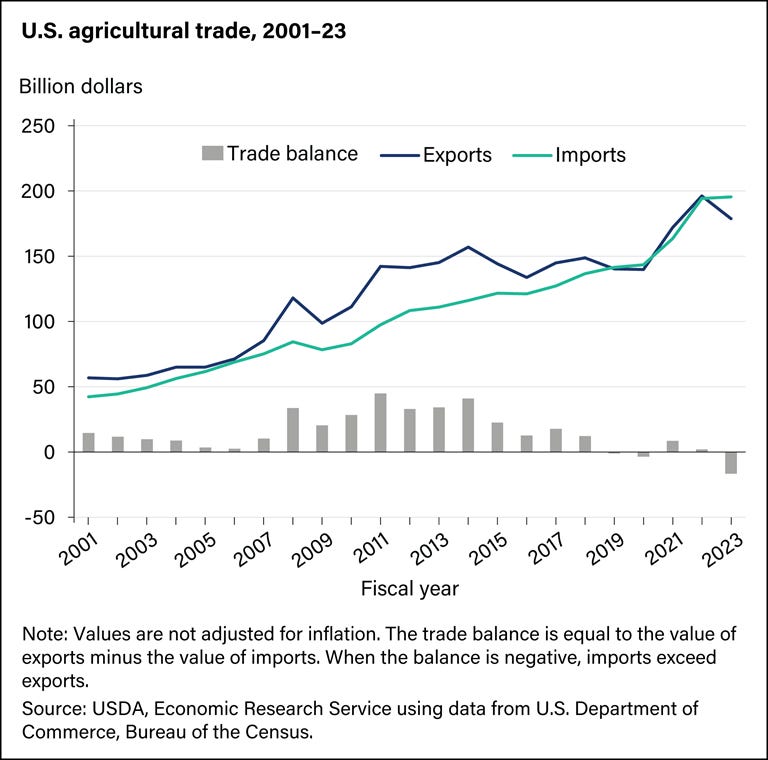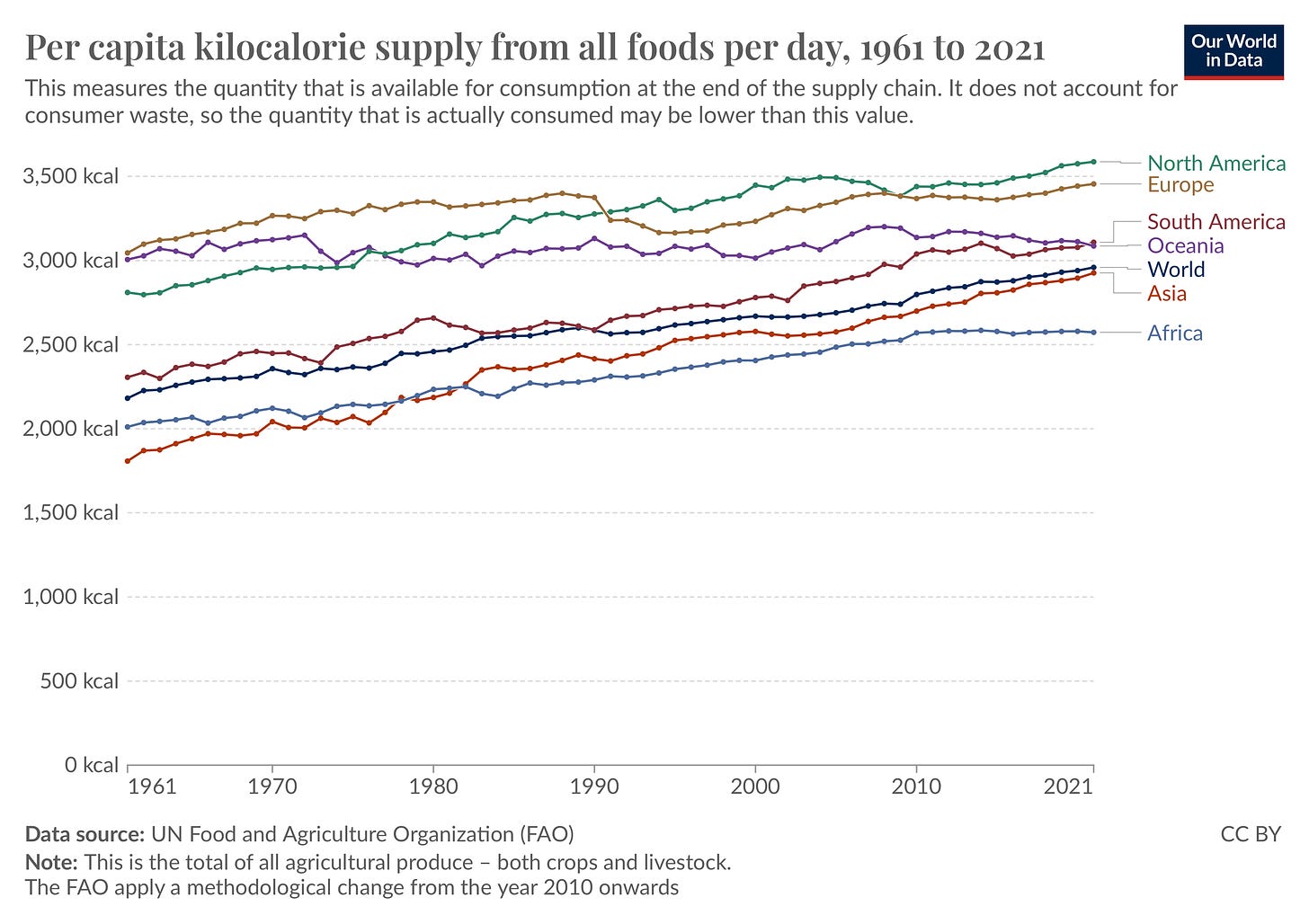If you’re curious about the complexity of my writing process, I invite you to recall my last post: I grew some corn, shelled some corn, ground some corn, sifted some corn, and then ate some corn. And then wrote about it. I hope you were able to follow that. I think this is what my more sophisticated colleagues in the writing biz might call linear. Anyway, I heard a couple of those sophisticated mustachioed regulars at the Fox Head Bar in Iowa City (where the most famous writers hang out) saying something of that sort between gulps from PBR silos.
Update on my grits. I caved and bought a hand grain mill for $50 that looks amazingly like my most hated possession: a cast iron hand meat grinder. Like my meat grinder, this device does indeed work, much like one of those two handled post hole diggers *work*. Did it make my grit size smaller and more uniform? Yes. Did those grits cook a little faster? Yes, yes they did. Did it save me any time compared to my mini food processor: No it did not. I’m now considering welding the two grinders together for use as a boat anchor to use on the windiest days.
The supplier of my corn seed, David Fisher of Fairfield, is an avid vegetable gardener whose approach to gardening is analytical, to say the least. He has a 35’ x 40’ (1400 ft2) plot that is worked 1 hour per day during the growing season. His choice of crops is based not just on what he likes to eat, but also on their caloric and nutritional value. David maintains that many folks fail to take full advantage of their garden space by growing too much water, i.e. watery crops like tomatoes and greens. Some crops that can pack a caloric and nutritional punch are pod beans (lima, pinto, etc.), potatoes and corn—not sweet corn (which is watery) but dried open-pollinated corn like the Bloody Butcher I grew.
The table below shows the crops he grew in 2024, the yield (lbs), the calories per pound of that crop, and the total caloric output for each crop.
The total yield of this garden was 433,000 calories. The average recommended daily intake for an American (average of men and women) is 2250 calories, thus David’s garden would at least in theory feed a person for 192 calendar days. He estimates that he also can get two chicken eggs per day from the garden by giving layers access to it to consume insects and weed seeds, I presume. This adds another 58,400 calories and 26 days, bringing the totals to 491,000 calories and 218 people days, this from a labor investment of about 180 hours. So, he’s getting a little more than day of food from every one hour of labor.
His 1400 ft2 garden plot is producing about 15 million calories per acre of nutritional food. A lot of this is ready to cook and eat; some of it isn’t, as my grit grinding demonstrates. An acre of land used in this way would sustain 6800 people per year, and according to this math, we would need 19 million acres of cropland in the U.S. to feed all 346 million people. Currently the country has 890 million acres in agricultural production and 305 million non-cotton cropped acres (about 10 million acres are used for cotton). The disparity in land used/land needed is of course due to two main factors: crops grown to feed livestock, and crops grown to produce biofuel, especially corn ethanol. Oh, and one other thing: labor. If we all had a David Fisher-sized plot and hired the labor to tend our own gardens, it would require upwards of 50 million people working 40-hour weeks, nearly 15% of the US population. Fossil fuels, chemicals and mechanized farming serve to replace most of those millions and pollution is one consequence.
Americans spend about $6000/person/year for groceries to be eaten at home. This includes much the average person can’t reasonably produce on their own: animal protein especially but also things like rice, fruit out-of-season, delicacies and so forth. A lot of this grocery store food requires no preparation to be eaten, and almost none of it requires anything from the consumer in terms of processing and preserving. The average American salary is now $31/hour, and if you value your time at that rate, it takes about 194 hours laboring at your job to feed yourself, not counting restaurant food, which is a huge add-on for the average American. To feed one person for one year from a David Fisher-type garden would require 300 hours of labor (not counting grit grinding), 107 more than what the average person needs to work to buy groceries. Again, to emphasize, these numbers would skew much stronger toward the garden if restaurant food was also considered.
All those acres of American farmland not surprisingly produce a huge surplus of calories—about 4000 per person per day reaches grocery stores and restaurants, almost double what we need. Capitalism has encouraged us to carry a lot of these surplus calories on our bodies, and we’ve happily agreed. And most of us don’t expend any calories growing food, compounding that effect. In addition, we waste an enormous amount—1520 calories per day per person—enough to feed the world’s 6th-most populous country (Nigeria-233 million people). We also export a lot of calories, although that number can only be estimated from the dollar value of exports; I calculate it at about 20-30% of the country’s total agricultural output.
We also import a lot of food and in 2023 imported food value exceeded that of exports for only second time since 2001. Much of this imported food is of a higher unit value than exports—think a bushel of Chilean fruit versus a bushel of Iowa soybeans.
While the number of calories leaving America is large (remember the amount entering the country is also large), and while American and Iowa farmers do produce A LOT of calories, the idea that we are feeding the world is laughable. While it may be said that food insecurity is still intense in some countries, every region of the earth now produces a surplus of calories. And it’s so very clear that we here in the U.S. could do so much better, if the objective was to truly feed people. If all US farmland in the U.S. yielded calories and nutrition at the same level as David’s garden, and we wasted none of it, we could feed 6 billion people—almost 75% of earth’s population. Iowa’s land alone could feed almost 600 million. But of course—labor.
Here in the U.S. the objective of agriculture is not food, and obviously not environmental outcomes, but rather commerce. As a result, our air and water is polluted, our bodies are fat and unhealthy, iconic species face extinction, and 100,000 years of soil making is washed away in a few decades. But oh for a Trader Joe’s egg roll right now, you might be thinking.
Which brings me to this question: how responsible are we as consumers and voters for the present system? I have a couple non-Iowa farmer/trolls that badger me incessantly on this point; they maintain that non-farming Iowans shouldn’t complain about pollution until we swear off food, especially meat, that’s produced in what we consider an industrialized or unsustainable way. To that point, it’s objectively absurd that Iowans can improve the state’s environmental condition by eating the David Fisher way, for the simple reason that the vast majority of the state’s agricultural output exits the state and we’re less than 1% of the country’s population. But when places like California and the European Union start to make noises about Roundup, humanely raised livestock, and greenhouse gas emissions from agriculture, the ag elites here start squeezing turds and squealing like stuck pigs. So yes, we can know that consumer choices do indeed matter.
Clear back in 1989, Wendell Berry had already likened American industrialized food and eating to industrialized sex, and things have certainly gotten smuttier since then. It seems to me that much of our food is indeed pornographic in nature—cheap, enticing, quick and maybe tasty but ultimately degrading and unhealthy. For evidence, just walk into any gas station after filling your car’s tank with corn. Our grocery stores even have gas stations and restaurants that will cook and serve your food for you, because, you know, capitalism.
American agriculture has told us “Look, we’re so damn good at what we do, you don’t have to dirty or even lift a finger and we’ll make sure you never go hungry. Go spend your time scrolling Instagram.” We’ve complied. In the process, we’ve also lost the sense of beauty and contentment that come with being able to feed ourselves—even if for only one day and one day only. A Northern Minnesota shore lunch, morel mushrooms fried in butter, fried chicken on Sunday, a warm tomato eaten in the garden, Thanksgiving pumpkin pie and homemade ice cream licked off the dasher are (or were) heavenly experiences for many of us, and not just because of the intrinsic flavors contained within each. It’s also the special sauce of ritual adjacent to each of these things that makes the experience what it was. It’s sad to me that our culture has mostly traded that for junk and convenience.
I tend to be wary of utopian ideas and while I think we desperately need diversity in Iowa agriculture, I also believe commodity crops and meat will comprise the bulk of production here in the state for the foreseeable future. That said, we could do so, so much better here with what we have, both in terms of environment and human nutrition, were it not for Big Ag Recalcitrance (B.A.R.). Asking 3 million Iowans to endure the pollution from food production is one thing; asking us to endure that pollution so we can produce fuel ethanol and eat gas station meat and Trader Joe’s enchiladas, is quite another.
To see the people like me that are part of the Iowa Writers’ Collaborative, click on the link below. These folks are great writers and well worth your time.
https://www.webmd.com/diet/calories-chart
https://www.ecoliteracy.org/article/wendell-berry-pleasures-eating






Linear or not this paragraph is good enough for the Fox Head not to mention very sadly true:
“morel mushrooms fried in butter, fried chicken on Sunday, a warm tomato eaten in the garden, Thanksgiving pumpkin pie and homemade ice cream licked off the dasher are (or were) heavenly experiences for many of us, and not just because of the intrinsic flavors contained within each. It’s also the special sauce of ritual adjacent to each of these things that makes the experience what it was. It’s sad to me that our culture has mostly traded that for junk and convenience.”
Researched facts, with fun syntax! Loved the corn-porn analogy. And the emperor-has-no-clothes conclusion: "Here in the U.S. the objective of agriculture is not food, and obviously not environmental outcomes, but rather commerce."